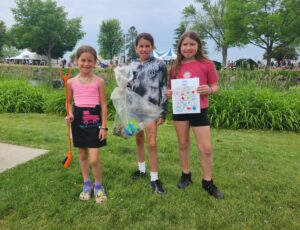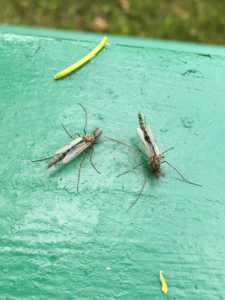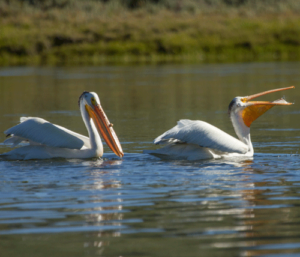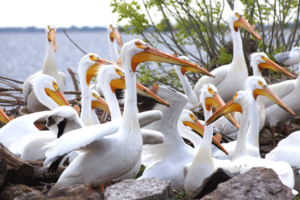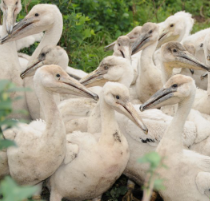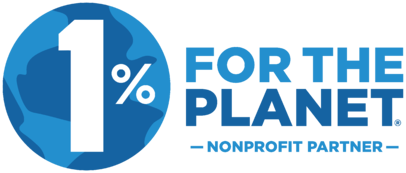Communications Specialist
Communications Specialist – Full-Time
The Communications Specialist is a key part of the team of the Fox-Wolf Watershed Alliance (Fox-Wolf). The Communications Specialist works cooperatively with staff to develop and implement strategies for communications that will increase the visibility of the organization, watershed recovery initiatives, and projects.
The successful applicant will bring skills in writing, graphic design, creativity, and time management. Key duties include managing digital and print communications, developing content, establishing communication calendars and processes, and tracking metrics.
While reporting directly to the Executive Director, the Communication Specialist will work closely with Recovery Area Directors and all program staff to build support for organizational initiatives.
To apply, email resume and cover letter to jessica@fwwa.org.
The post Communications Specialist appeared first on Fox-Wolf Watershed Alliance.
Fox-Wolf Watershed Alliance
https://fwwa.org/2024/02/05/communications/?utm_source=rss&utm_medium=rss&utm_campaign=communications


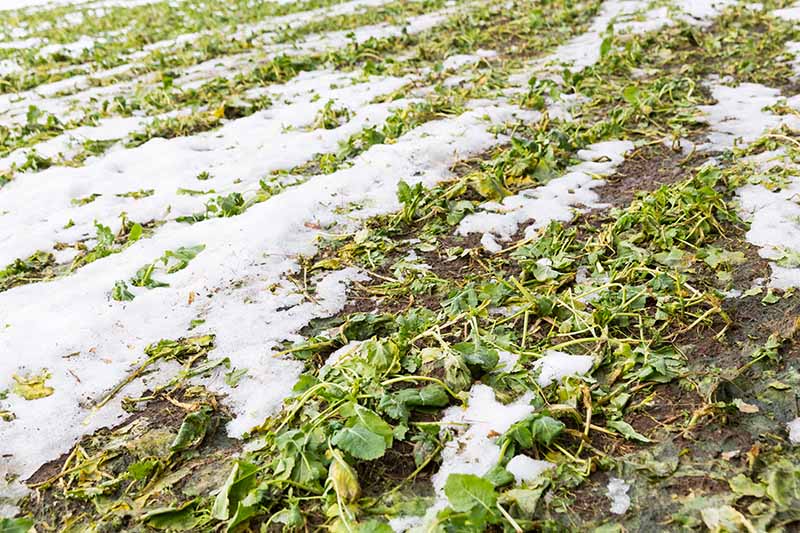
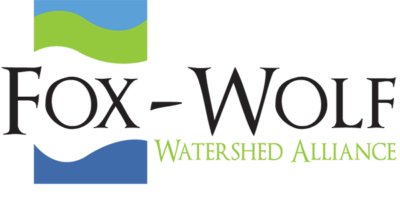
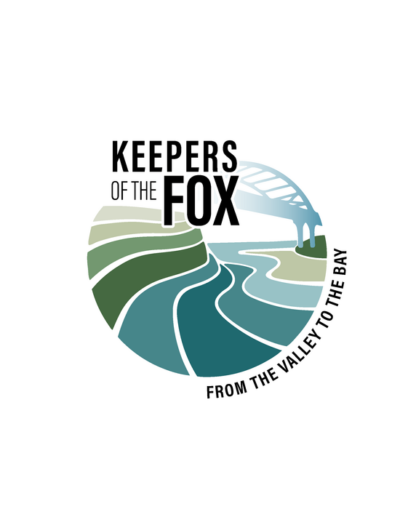

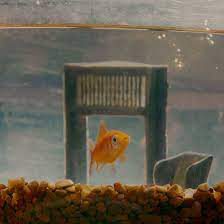 Goldfish were first spotted in Hamilton Harbour in the 1960s, but largely died off in the 1970s because of industrial contamination. In the early 2000s, their population appeared to recover. Goldfish can tolerate a wide range of water temperatures, reach sexual maturation quickly, and can eat nearly anything, including algae, aquatic plants, eggs and invertebrates, Ms. Boston said.
Goldfish were first spotted in Hamilton Harbour in the 1960s, but largely died off in the 1970s because of industrial contamination. In the early 2000s, their population appeared to recover. Goldfish can tolerate a wide range of water temperatures, reach sexual maturation quickly, and can eat nearly anything, including algae, aquatic plants, eggs and invertebrates, Ms. Boston said.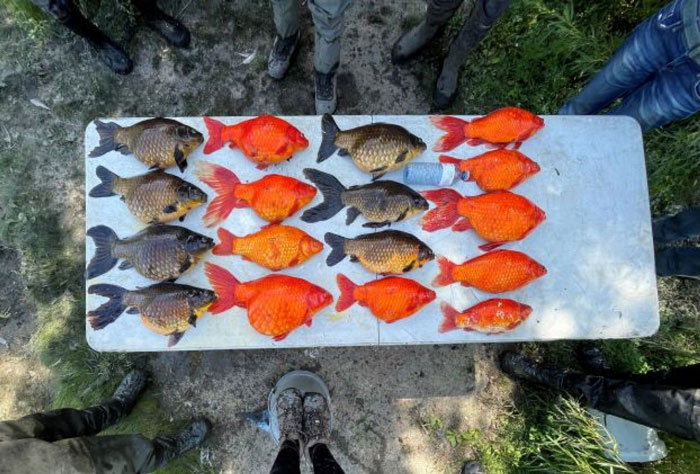
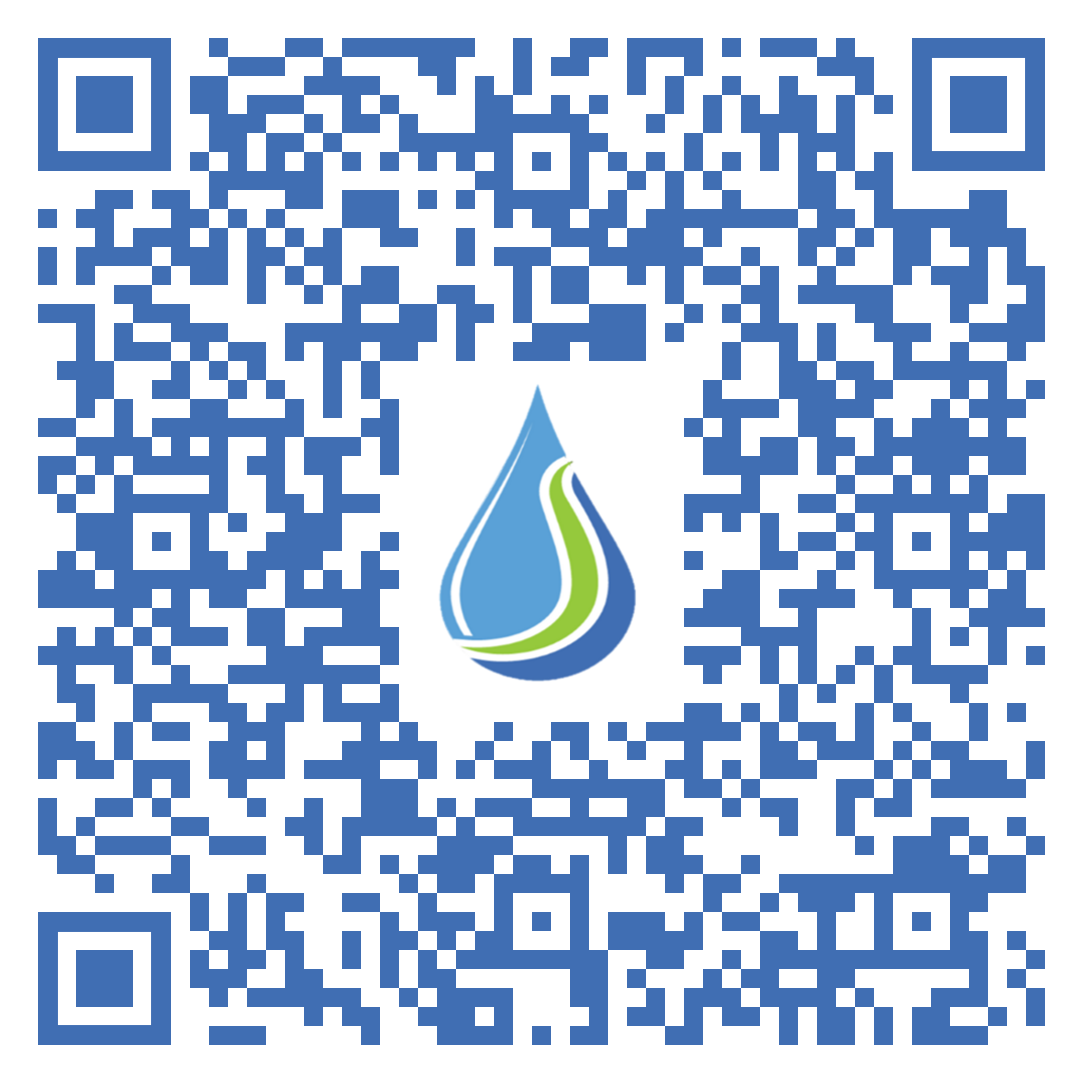
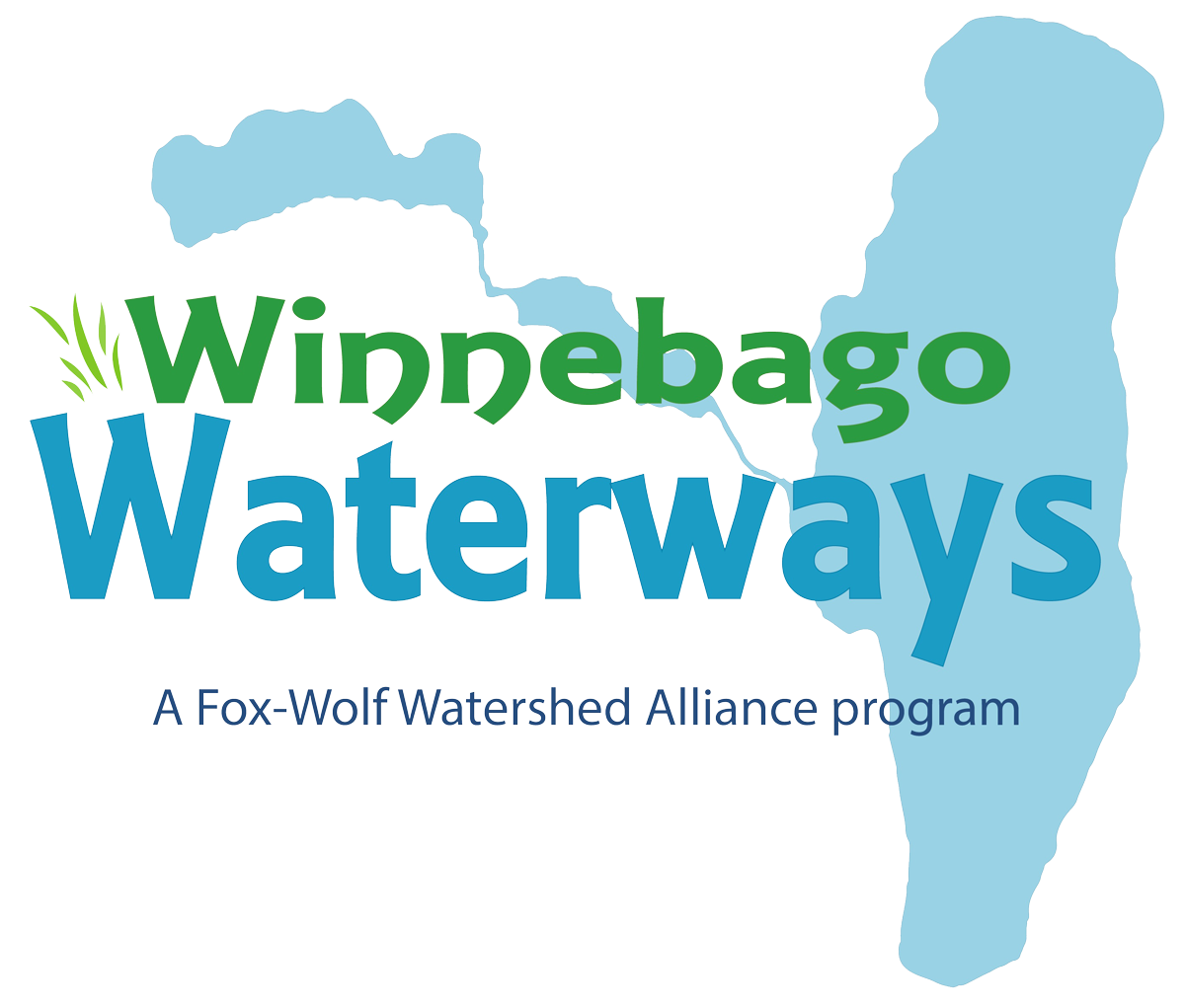

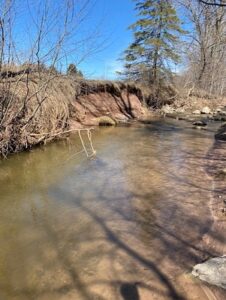
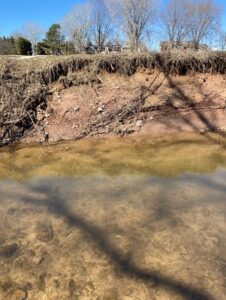

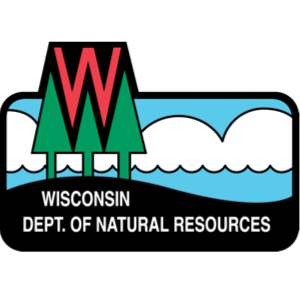

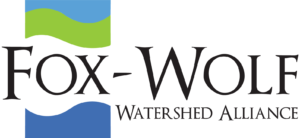

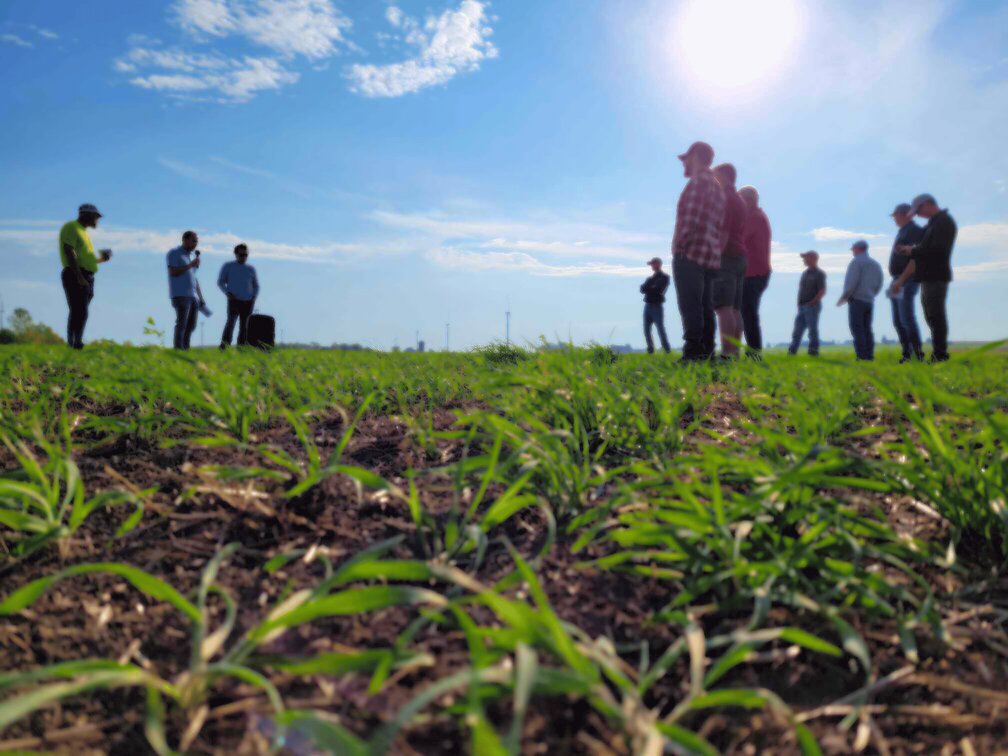

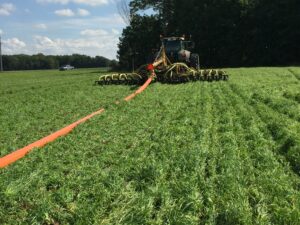
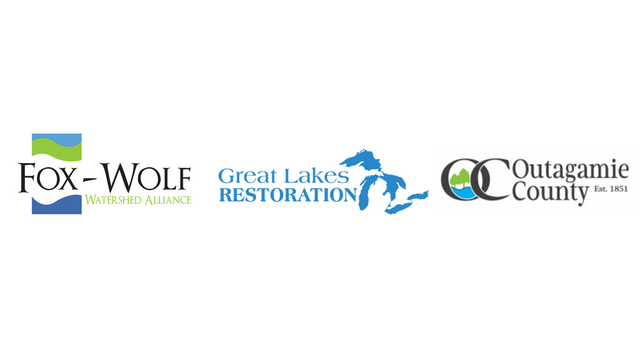
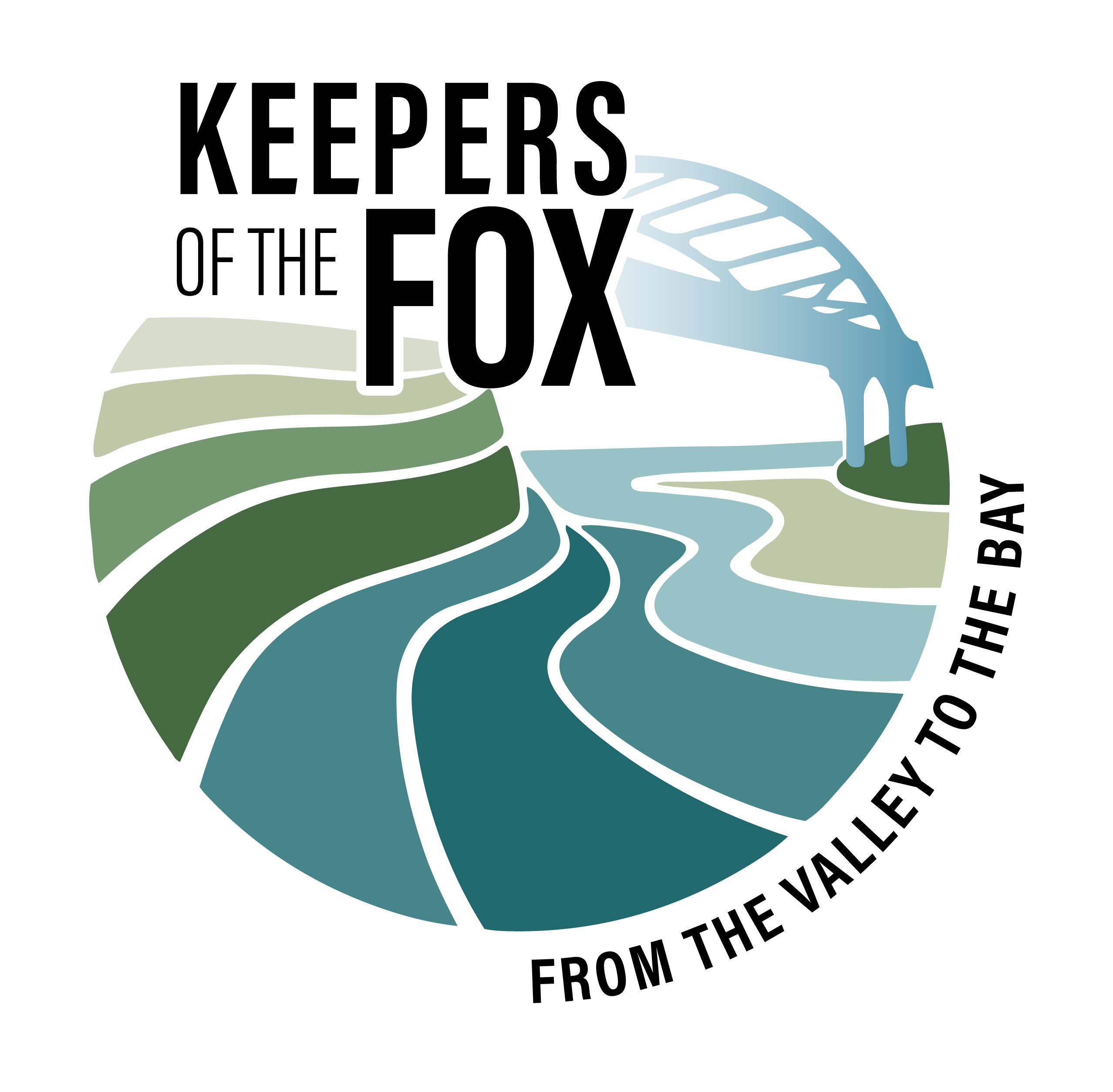

 example are the Burmese pythons that have had an enormous impact on the Everglades in Florida. However, multiple cases of released pets causing problems in our waters occur every year including an
example are the Burmese pythons that have had an enormous impact on the Everglades in Florida. However, multiple cases of released pets causing problems in our waters occur every year including an 

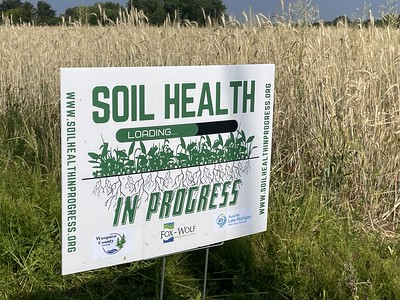


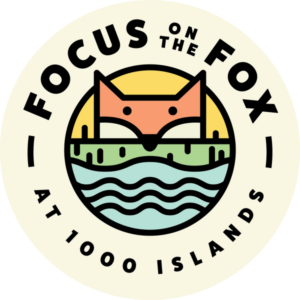 the Fox is a family-friendly event that celebrates World Rivers Day and the Fox River. Activities offered during the event include guided crayfish and critter hunting, guided nature hikes along the Fox River, fishing instructions for children with the KHS Fishing Team, Fox Lock demonstrations – Lock #3 with shuttle available, paper making, photo scavenger hunt, viewing of “The Power of the River” documentary, and river cleanup with Fox-Wolf Watershed Alliance
the Fox is a family-friendly event that celebrates World Rivers Day and the Fox River. Activities offered during the event include guided crayfish and critter hunting, guided nature hikes along the Fox River, fishing instructions for children with the KHS Fishing Team, Fox Lock demonstrations – Lock #3 with shuttle available, paper making, photo scavenger hunt, viewing of “The Power of the River” documentary, and river cleanup with Fox-Wolf Watershed Alliance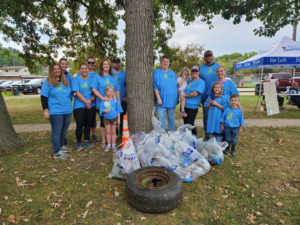 to see that registration filled during the week prior to the event. Amcor employees made up a majority of the group, along with a Boy Scout troup and other conservation-minded volunteers.
to see that registration filled during the week prior to the event. Amcor employees made up a majority of the group, along with a Boy Scout troup and other conservation-minded volunteers.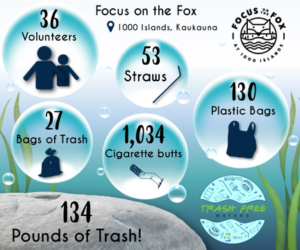 cigarette butts, 130 plastic bags, and 53 straws. After weighing up all of the trash, the total was 134 pounds of trash and debris! Other interesting finds include: a tire with rim, orange cone, metal trash can lid, fireworks, baseball, tarp, and a container with two hard-boiled eggs from Costco. Check out the infographic!
cigarette butts, 130 plastic bags, and 53 straws. After weighing up all of the trash, the total was 134 pounds of trash and debris! Other interesting finds include: a tire with rim, orange cone, metal trash can lid, fireworks, baseball, tarp, and a container with two hard-boiled eggs from Costco. Check out the infographic!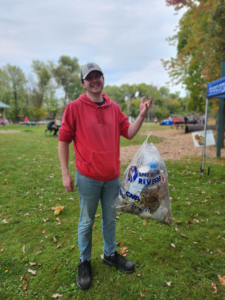
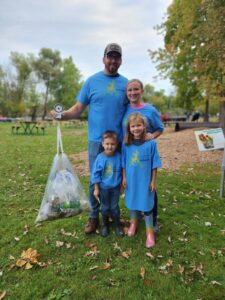
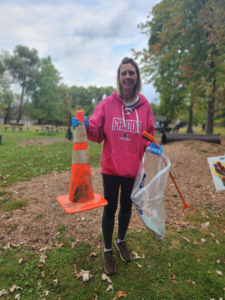
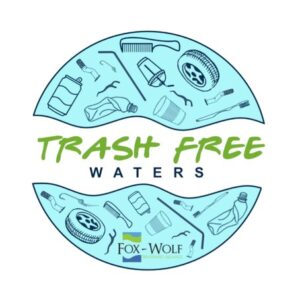
 kelly@fwwa.org
kelly@fwwa.org 920-915-1502
920-915-1502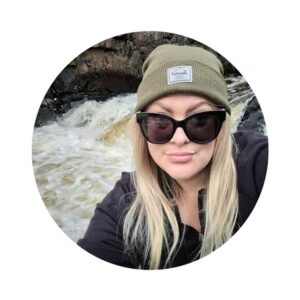
 Extension Lakes. Volunteers met at different local rendezvous sites across the state to learn how to identify AIS such as Eurasian watermilfoil, purple loosestrife, and New Zealand mudsnails, and then searched for them in the field at pre-
Extension Lakes. Volunteers met at different local rendezvous sites across the state to learn how to identify AIS such as Eurasian watermilfoil, purple loosestrife, and New Zealand mudsnails, and then searched for them in the field at pre-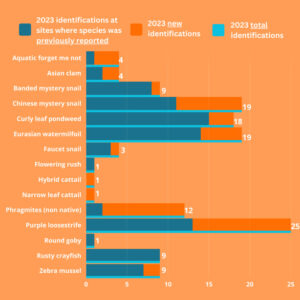 selected locations. Initially focused on rivers and streams, Snapshot Day has expanded to include lakes and wetlands. Findings from Snapshot Day are uploaded to the statewide water quality database, SWIMS, where they can be used to track the spread of invasive species and develop management plans.
selected locations. Initially focused on rivers and streams, Snapshot Day has expanded to include lakes and wetlands. Findings from Snapshot Day are uploaded to the statewide water quality database, SWIMS, where they can be used to track the spread of invasive species and develop management plans.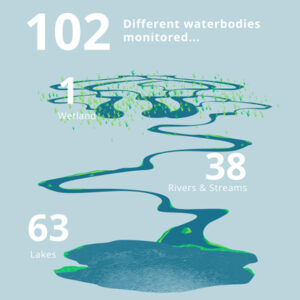 Snapshot Day’s community-based science approach maximizes the number of sites being checked across the state, and the free event allows volunteers to learn about their local waters and how to keep them healthy. As one volunteer stated, “I enjoyed the hands on learning approach. It was helpful to have well informed guides and samples of the invasive species to get a close look at. Once we had a good understanding of what to look for, it was fun to go out and collect samples of what we were finding.”
Snapshot Day’s community-based science approach maximizes the number of sites being checked across the state, and the free event allows volunteers to learn about their local waters and how to keep them healthy. As one volunteer stated, “I enjoyed the hands on learning approach. It was helpful to have well informed guides and samples of the invasive species to get a close look at. Once we had a good understanding of what to look for, it was fun to go out and collect samples of what we were finding.”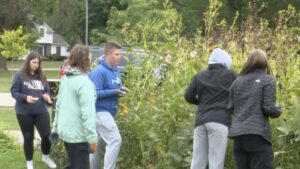
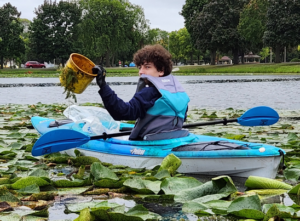 Reyer paddled alongside Oshkosh North High School students and staff cleaning up a total of 23 pounds of trash. Included in this total was one large cooking pot, a slimy yellow bucket, a fishing pole, and lots of plastic bags and wrappers.
Reyer paddled alongside Oshkosh North High School students and staff cleaning up a total of 23 pounds of trash. Included in this total was one large cooking pot, a slimy yellow bucket, a fishing pole, and lots of plastic bags and wrappers.
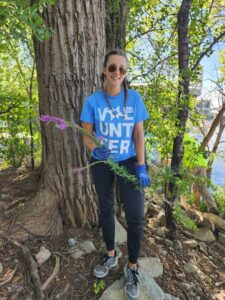 along the Fox River. Team-building events are a new opportunity offered by the Trash Free Waters program that strengthens employee relations, allow for employee connect outside the office, and makes an impact by protecting our water resources. The event took place on Wednesday, August 30th, will Foth volunteers meeting at Voyageur Park and learning about Fox-Wolf’s efforts in the basin. Aquatic Invasive Species (AIS) prevention coordinator, Chris Acy, discussed his work in the watershed, highlighting both nusiance plants and animals in the area, efforts to prevent the spread of invasive species, and
along the Fox River. Team-building events are a new opportunity offered by the Trash Free Waters program that strengthens employee relations, allow for employee connect outside the office, and makes an impact by protecting our water resources. The event took place on Wednesday, August 30th, will Foth volunteers meeting at Voyageur Park and learning about Fox-Wolf’s efforts in the basin. Aquatic Invasive Species (AIS) prevention coordinator, Chris Acy, discussed his work in the watershed, highlighting both nusiance plants and animals in the area, efforts to prevent the spread of invasive species, and different ways volunteers can get involved in this work going forward. The group then traversed to the park’s south side fishing island to identify and properly remove more purple loosetrife plants along the banks of the Fox River. Foth volunteers worked in small teams and efficiently removed over 20 purple loosetrife plants!
different ways volunteers can get involved in this work going forward. The group then traversed to the park’s south side fishing island to identify and properly remove more purple loosetrife plants along the banks of the Fox River. Foth volunteers worked in small teams and efficiently removed over 20 purple loosetrife plants!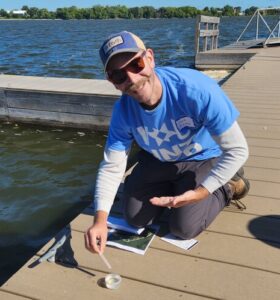 Watch program, and were given Salt Watch kits, containers, maps, and instructions for monitoring along the riverbank. Volunteers grabbed their water samples and used the Quantab test strips to get the chloride reading for their respective monitoring locations. The chloride results were all between 1.2 and 1.4 Quantab units, which is 31ppm(mg/L) or less. As expected, the chloride levels were relatively low as it was August and the Fox River is large which results in the dillution of chloride. Five Foth team members signed up to volunteer for the upcoming Salt Watch season.
Watch program, and were given Salt Watch kits, containers, maps, and instructions for monitoring along the riverbank. Volunteers grabbed their water samples and used the Quantab test strips to get the chloride reading for their respective monitoring locations. The chloride results were all between 1.2 and 1.4 Quantab units, which is 31ppm(mg/L) or less. As expected, the chloride levels were relatively low as it was August and the Fox River is large which results in the dillution of chloride. Five Foth team members signed up to volunteer for the upcoming Salt Watch season.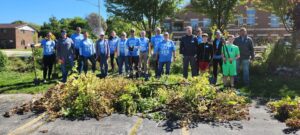
 and given a pen and a clipboard with blank paper. The non-blindfolded team member was given an image of a skeleton key and had to use their communication skills to describe how to draw the image without saying what the image was. This activity produced a wide variety of drawings and lots of laughter. We discussed what methods of communication resulted in drawings that most closely matched the provided skeleton key image.
and given a pen and a clipboard with blank paper. The non-blindfolded team member was given an image of a skeleton key and had to use their communication skills to describe how to draw the image without saying what the image was. This activity produced a wide variety of drawings and lots of laughter. We discussed what methods of communication resulted in drawings that most closely matched the provided skeleton key image.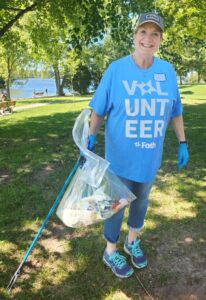 up the park and along the Fox River Recreation Trail for over two hours, and removed 116 pounds of trash! Specifically, the Foth crew cleaned up 22 bags of trash, 727 cigarette butts, 76 platic bags, and 38 straws. Additionally, three volunteers won awards for “heaviest haul”, “weirdest item found”, and “largest item found”. The Foth environmental team did an outstanding job of improving the park and protecting our waterways.
up the park and along the Fox River Recreation Trail for over two hours, and removed 116 pounds of trash! Specifically, the Foth crew cleaned up 22 bags of trash, 727 cigarette butts, 76 platic bags, and 38 straws. Additionally, three volunteers won awards for “heaviest haul”, “weirdest item found”, and “largest item found”. The Foth environmental team did an outstanding job of improving the park and protecting our waterways.

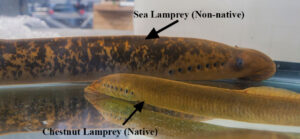
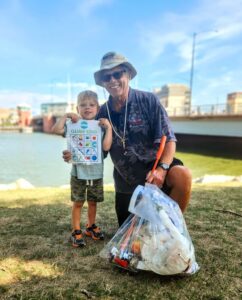 Wolf’s Trash Free Waters program was on site providing program information to concert attendees and
Wolf’s Trash Free Waters program was on site providing program information to concert attendees and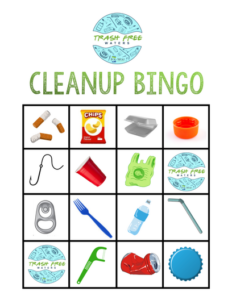 engaging local residents with “Cleanup Bingo”, where volunteers were given a reusable cleanup bingo card, trash grabbers, gloves, and a trash bag, and they set off to clean up litter in the park–hoping to get a “bingo” on their cards. Once they found a trash item from any horizontal, diagonal, or vertical line on the card, the volunteers returned to the Fox-Wolf booth to collect a prize item for their efforts. We had volunteers of all ages cleaning up at Leicht Memorial Park who removed over 12 pounds of trash from this public site.
engaging local residents with “Cleanup Bingo”, where volunteers were given a reusable cleanup bingo card, trash grabbers, gloves, and a trash bag, and they set off to clean up litter in the park–hoping to get a “bingo” on their cards. Once they found a trash item from any horizontal, diagonal, or vertical line on the card, the volunteers returned to the Fox-Wolf booth to collect a prize item for their efforts. We had volunteers of all ages cleaning up at Leicht Memorial Park who removed over 12 pounds of trash from this public site.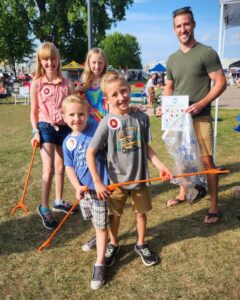
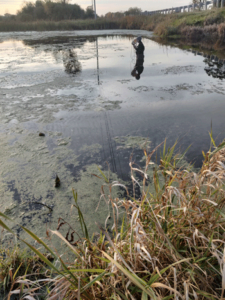
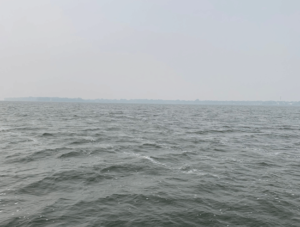
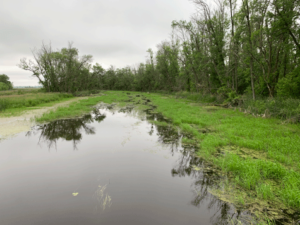
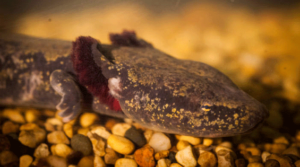
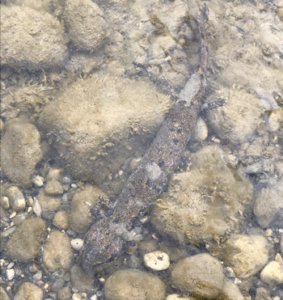
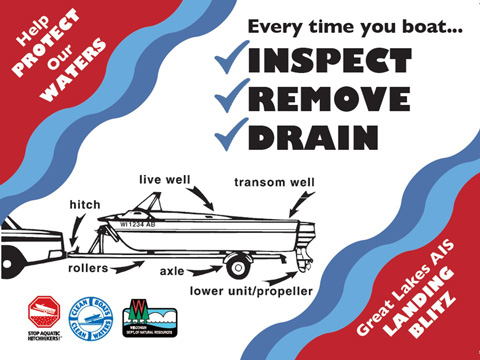 will give out a brand new red, white, and blue boat trailer sticker with a boat graphic showing people all the places where plants, tiny animals and potentially contaminated water can hide.
will give out a brand new red, white, and blue boat trailer sticker with a boat graphic showing people all the places where plants, tiny animals and potentially contaminated water can hide.